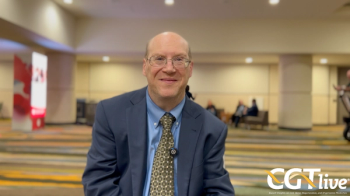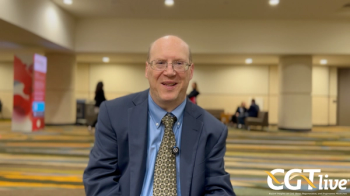
UPenn Algorithm Prioritizes Cancer Mutations for Immunotherapy
The neoantigens found in the patients’ tumors (non-small-cell lung cancer) which were highly dissimilar were enriched for hydrophobic sequences, and correlated with survival rates after the PD-1 checkpoint therapy.
The promise of immunotherapy in fighting cancer is limited by finding the right targets for each patient. What works for one person’s biology is often useless in another’s.
Selecting the mutations using an algorithm could make the hunt for the right targets much easier, according to a new model created by a University of Pennsylvania team. The open-source tool called “antigen.garnish,”
“We developed antigen quality analysis software, antigen.garnish, as an open-source tool to prioritize immunogenic neoantigens beyond predicted MHC (major histocompability complex) affinity alone for clinical use,” the authors wrote. “It is written in R to facilitate integration with Bioconductor and other toolsets for bioinformatics.”
“Our model works like a filter that highlights the signal and shows us which targets to focus on,” added lead author, Lee P. Richman, an M.D./Ph.D. candidate in Cancer Biology at the University of Pennsylvania’s Perelman School of Medicine, in a school statement on the work.
Richman and co-authors Robert G. Vonderheide and Andrew J. Rech developed an analytic method to sort through neoantigens.
Their model used five clinical datasets encompassing 318 total patients with cancer.
The four quality metrics to assist the analysis included dissimilarity to the non-mutated proteome, which was predictive of the immunogenicity of the peptides.
The neoantigens found in the patients’ tumors (non-small-cell lung cancer) which were highly dissimilar were enriched for hydrophobic sequences, and correlated with survival rates after the PD-1 checkpoint therapy, they wrote.
The model thus targets the more dissimilar protein sequences because they may offer a better target, according to the authors.
“With so many different possibilities of mutations, we essentially boiled the question of which targets to use down to a math problem, then developed an algorithm to solve it,” said Rech. “We also knew it was important to make this model available for other researchers to help inform vaccine development and clinical trials.”
“antigen.garnishis human and murine input compatible and production pipeline ready: transparent, reproducible, fully documented, covered by unit tests, and employs continuous integration,” the authors concluded.
Newsletter
Stay at the forefront of cutting-edge science with CGT—your direct line to expert insights, breakthrough data, and real-time coverage of the latest advancements in cell and gene therapy.

















































